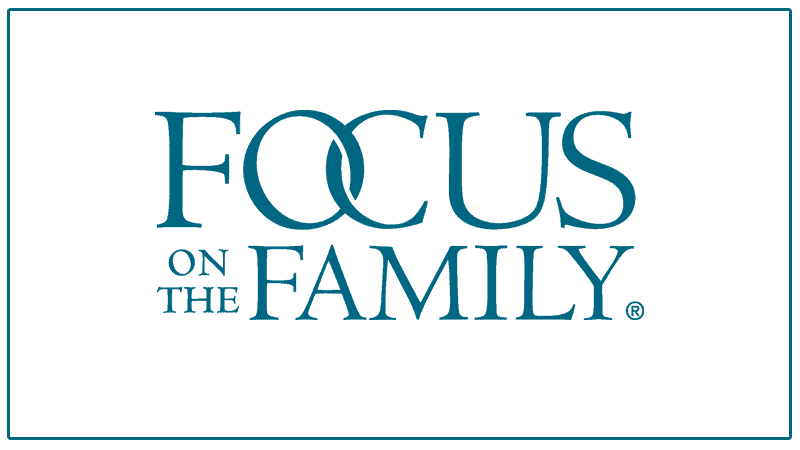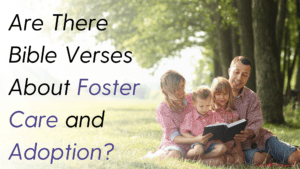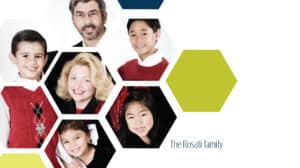You know that movie where the hero’s memories get erased? OK — there are dozens of films like that. Pick one. Why did you pity this character? Maybe because his eyes flickered like a caged animal — angry, frightened, desperate. Maybe you raged against the injustice of his plight. Maybe you realized that, without answers, he could never get on with his life.
Unfortunately, millions of adoptees feel these fictitious heroes’ pain. Every day, they wonder who they are.
Once upon a time, people rarely discussed adoption. Well-meaning adoptive parents believed no good could come from exhuming the past. Their silence left children with little knowledge of their birth families, medical histories, or the circumstances surrounding their relinquishment.
Experts today encourage candor within adoptive families. Adoptees live happier, more fulfilled adult lives if they were permitted to communicate openly in childhood. So how should parents begin to convey difficult facts? How can they fill in the gaps when they don’t even have solid information?
For many adoptive parents, the ideal conversation starter is a homemade memory album called a Life Book.
Anatomy of a Life Book
A Life Book is a special, dynamic record book for children who no longer live with their birth parents. It’s part scrapbook, part photo album, and part historical document that grows as the child does. Most importantly, a Life Book bridges the chasm between mystery and truth. As they review tangible information about themselves, children can discuss confusing issues openly with their adoptive parents. Life Books help address questions like:
What does adoption mean? In Raising Adopted Children, author Lois Ruskai Melina says kids comprehend various aspects of adoption at different ages. They may not understand giving birth until kindergarten or first grade. A few more years will pass before they recognize the cultural significance of “blood” relationships. And before they understand the law, they may doubt their security as a member of your family. When parents consider these developmental milestones, they can initiate age-appropriate discussion about adoption, using the Life Book as a visual aid.
Will my birth parents come back for me? Children often fantasize about their family of origin. After a fight with their parents or a tough day at school, they may envision a birth parent rescuing them. When a child receives permission to discuss his birth parents, however, he can begin to visualize them as real people rather than mythic heroes. Adoptive parents can use Life Books to paint a kind but accurate picture of the birth mother and father. They can provide added security by reiterating that “we’re your real parents, we love you, and we’re not going anywhere.”
Will I be just like my birth parents? Even a young child can understand that her eyes are blue because mommy’s are. By extension, many adopted children believe that genetics will determine their future behavior. If Julie’s birth mother got pregnant as a teenager, Julie may suppose this is her fate as well. Children raised with a set of values different from their birth parents may also find it difficult to forgive the “sins” of the past. Through Life Books, parents can provide compassionate explanations about the birth parents’ decisions while empowering children to make wise choices in their own lives.
How will I explain my adoption to others? It’s tough for an 8-year-old, bombarded with questions like “Why don’t you look like your mom and dad?” or “Why didn’t your real parents want you?” Using Life Books, parents can help assure kids that their unique situation is every bit as legitimate as living with birth parents. Kids should know that this special story is their own; they are not obligated to share details about their history if it makes them uncomfortable. Families may even wish to develop a script to use when confronted with unwanted questions.
Telling a Life Story
A Life Book doesn’t need to be fancy or follow a specific format. It can be as unique as the child for whom it’s created! Here are some possible items to include:
Pre-Adoption Information
- Facts about birth parents, grandparents, siblings and other special relatives and friends
- Health records
- Pictures of the child taken prior to placement
- The child’s birth name (if changed)
- Location and date of birth (What was the place like? Include photos/brochures if you have them. What happened in the news the day the child was born?)
- Basic facts about the history and language of a country if child was adopted internationally (What is life like for children in that country? Include photos of the landscape, the orphanage or favorite caregivers.)
Items from the Adoption/Placement Process
- If child’s name changed, how was the current name chosen? What does it mean?
- First reactions of adoptive parents (to hearing about the child, first meeting him or her, or bringing the child home)
- What adoptive parents did while waiting for the child; include journal entries written during that time
- Pictures and stories from the trip to pick up the child
Memories of Life in the New Home
- Information about adoptive parents, grandparents, and siblings
- Family traditions
- Firsts (child’s first words, days of school, etc.)
- Parental reflections or journal entries that include feelings and observations about the child’s adjustment to the family
Update the book regularly (maybe annually) to keep it “alive.” You may want to provide new pictures and list some of the child’s friends, favorite music, teachers, accomplishments, dreams and aspirations. You can also have the child draw a picture or submit a meaningful item.
Life isn’t like the movies. We don’t always get the answers we want. But with a little help from loved ones, kids can build their own identity out of the material of the past and present. Life Books offer insight into a child’s origins. More importantly, though, they tell the story of a “forever” family who loved him enough to cross the state, the country or the world to bring him home for good.



















